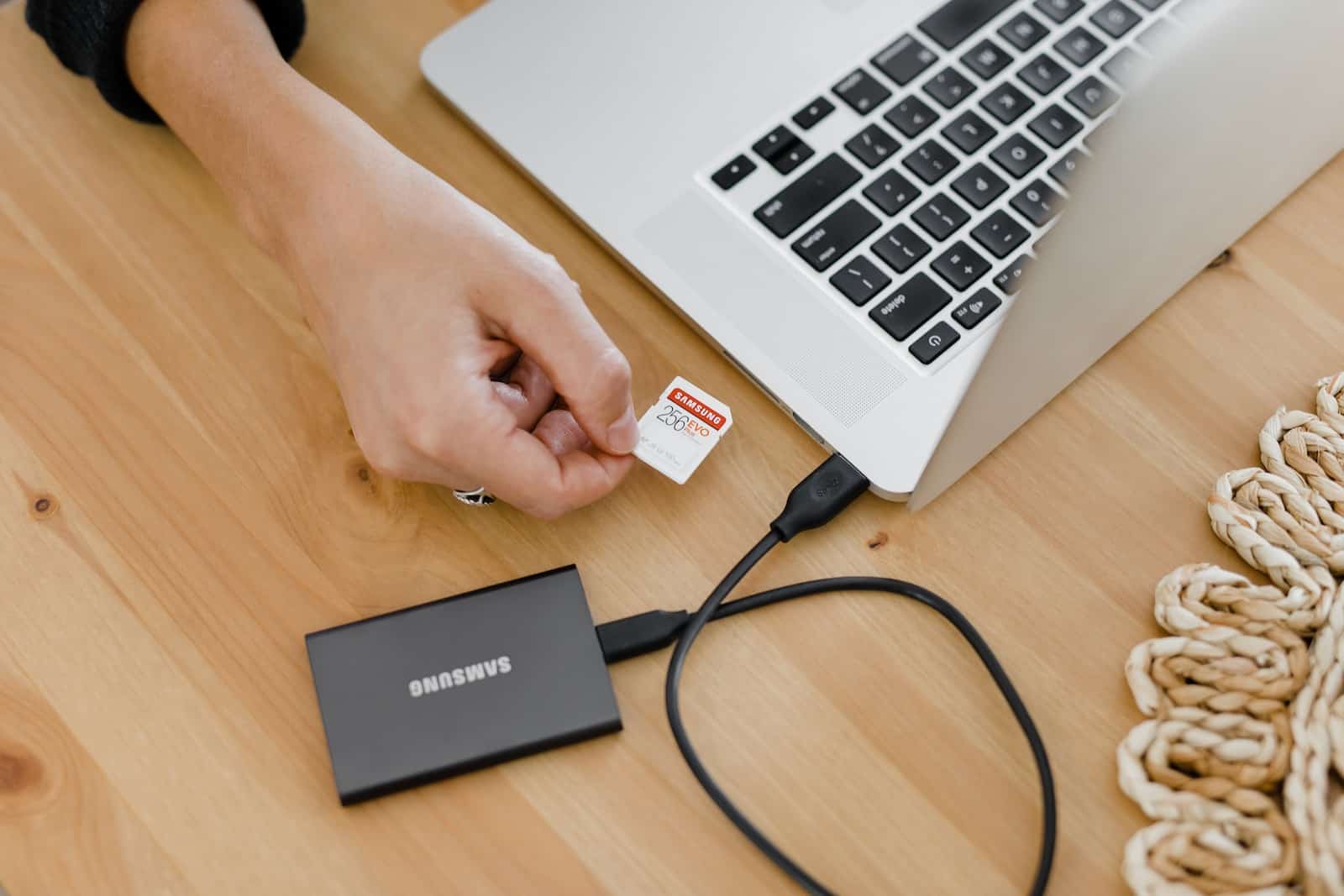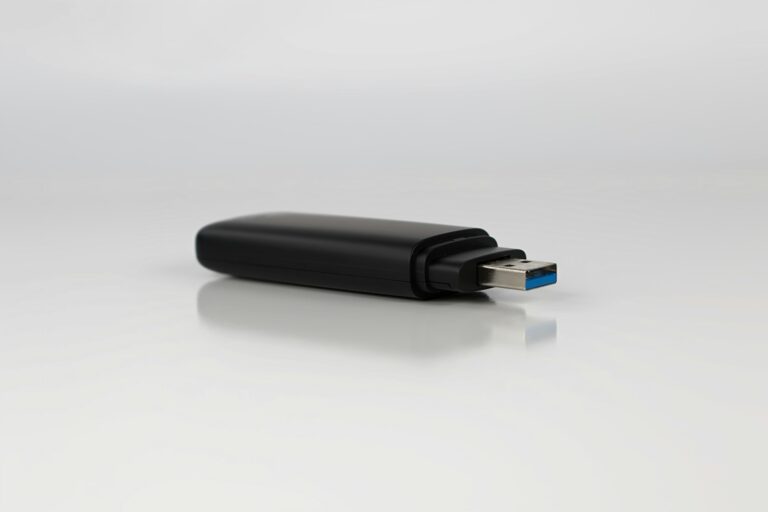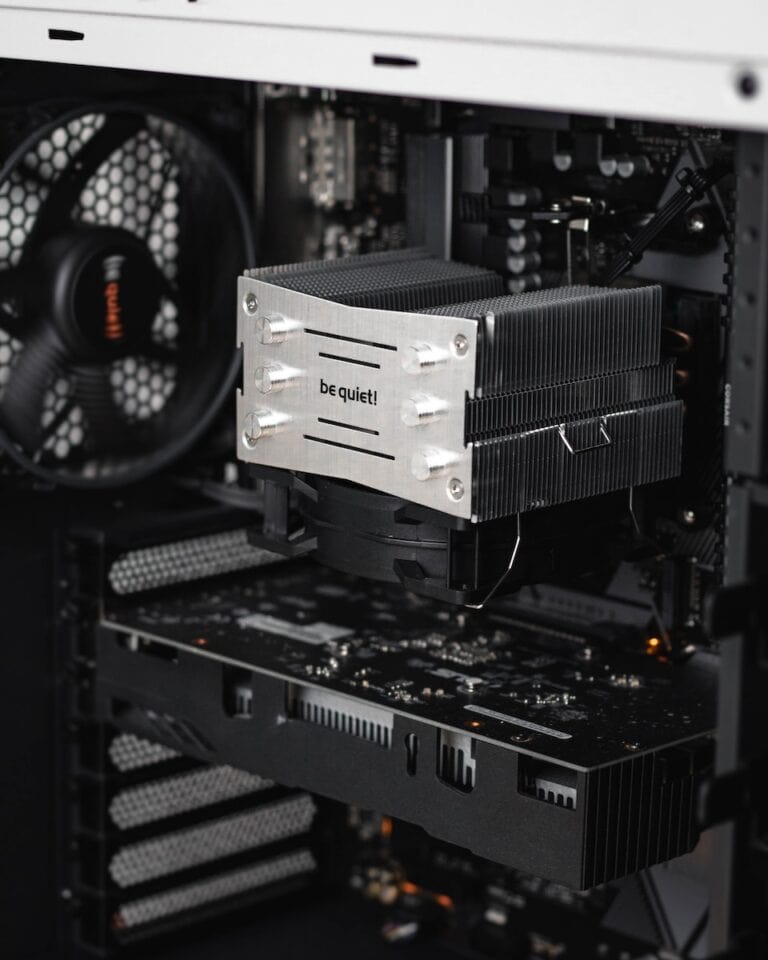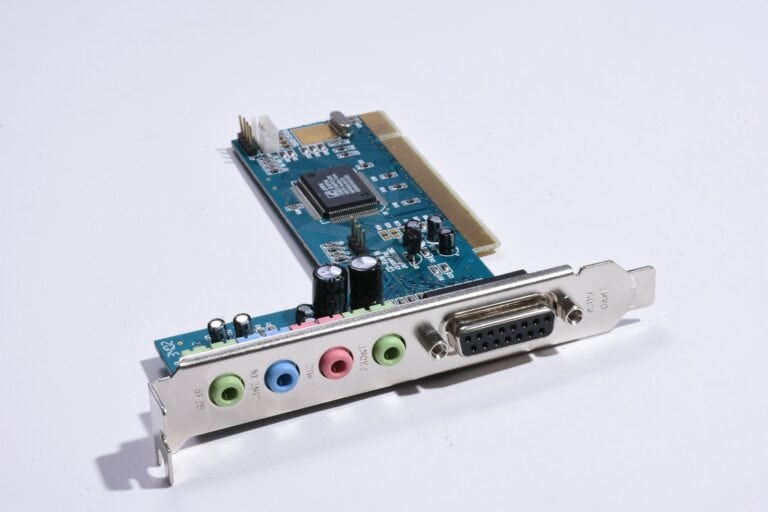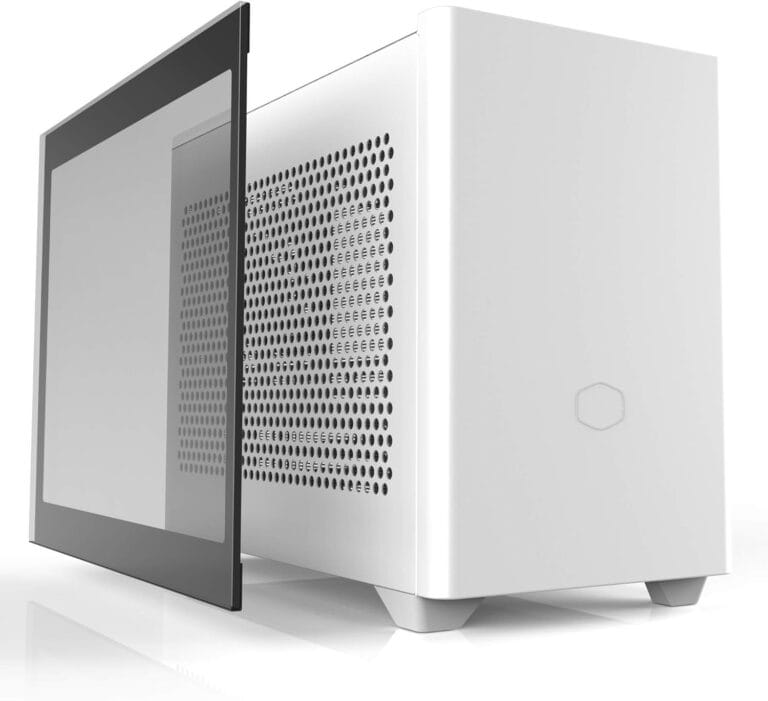SD cards are a crucial component for storing and transferring data. They come in various forms, including standard, mini, and micro, each with unique dimensions and storage capacities. For example, standard SD cards measure 32 × 24 × 2.1 mm, while mini and micro SD cards are significantly smaller. This diversity requires different slot requirements or the use of adapter jackets for compatibility with various devices. SD cards offer convenient storage for photos, music, and other files. However, navigating the world of PC SD card slots can be confusing.
SD Card Slot Types On Your PC
This table clarifies different types of slots and helps you choose the right one for your needs:
| Type | Description | Pros | Cons |
|---|---|---|---|
| Standard SD Card Slot | Most common type, accepts SD, SDHC, and SDXC cards | Widely available, supports various card sizes | Larger cards may protrude, slower transfer speeds than newer options |
| microSD Card Slot | Smaller slot for microSD cards, often with an adapter for standard SD cards | Compact, ideal for laptops and ultrabooks | Requires adapter for standard SD cards, slower transfer speeds than newer options |
| SDHC/X/UHS-I Slots | Supports high-capacity (HC) and extended-capacity (XC) cards with faster Ultra High Speed (UHS-I) data transfer | Faster data transfer for transferring large files or recording 4K video | Not backwards compatible with older SD cards |
| UHS-II/III Slots | Latest generation with even faster UHS-II and UHS-III data transfer speeds | Blazing-fast speeds for demanding tasks like professional photography and videography | Limited availability, requires compatible cards and reader |
Additional Considerations:
- Location: Slots can be located on the front, back, or sides of your PC. Choose a location convenient for inserting and removing cards.
- Number of Slots: Some PCs have multiple slots for increased storage flexibility.
- Built-in Readers: Check if your PC has a built-in reader or if you need a separate USB adapter.
Tip: Match the slot type and speed to your needs. Standard slots are fine for basic use, while UHS-II/III is best for demanding tasks.
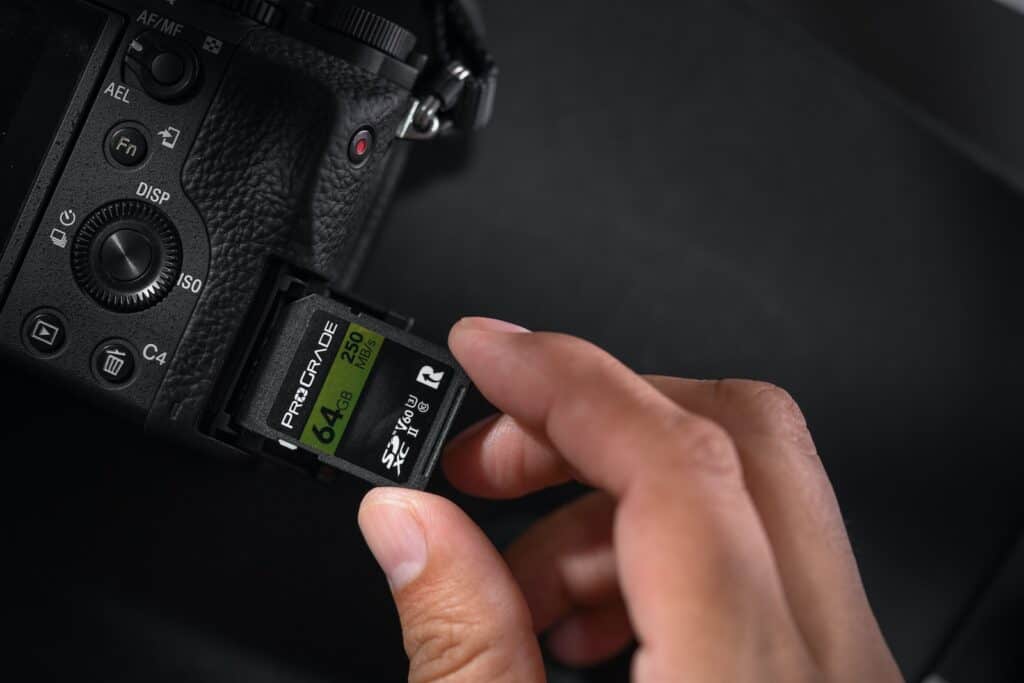
Key Takeaways:
- Importance of SD card slots in PCs for data transfer and storage.
- Different types of SD cards and their compatibility with various devices.
- Step-by-step instructions for inserting SD cards into PCs.
- Alternative solutions for PCs without built-in SD card slots.
- Practical tips for ensuring safe and effective SD card usage.
Inserting SD Cards into PCs
Not all PCs have built-in SD card slots. If your PC lacks a dedicated slot, you can utilize gadgets like USB Card Readers or Hubs. To correctly insert an SD card:
- Identify the Card Type: Check the label for indications like SDSC, SDHC, SDXC, or SDUC.
- Locate the Slot on Your PC: This could be on the front panel USB or other ports.
- Use an Adapter if Necessary: For miniSD or microSD cards in a standard slot.
- Insert Carefully: Align the card correctly with the label facing up.
- Press Gently Until It Clicks: Ensuring the card is securely in place.

Alternatives for PCs Without SD Slots
In cases where PCs do not have built-in slots:
- USB Card Readers: These devices connect to your PC’s USB port and have slots for SD cards.
- USB Hubs or All-In-One Card Readers: Multi-functional devices offering SD card slots.
- Media Dashboards: Installable on the front panel of your PC for permanent SD slot access.
Ensuring Proper Connection and Safety
To test if your PC detects the SD card:
- Insert the Card or the Reader: Ensure it’s securely connected.
- Open Windows Explorer: Look for a new removable disk drive under “This PC”.
- Check for Proper Functionality: Try transferring or viewing files.
Practical Tips for SD Card Management
- Always Handle with Care: Avoid forcing the card into the slot.
- Use the Right Tools: Ensure your adapter or reader is compatible with your card type.
- Regular Backups: To prevent data loss, regularly back up your SD card contents.
- Keep Your Card Clean: Dust and debris can damage the card and the slot.
Real-World User Experiences
Many users have shared their experiences with SD card usage in PCs. A common theme is the convenience and flexibility these cards offer, especially when dealing with large files or transferring data between devices. However, challenges like finding compatible slots or readers also surface, highlighting the importance of understanding your equipment and options.
Frequently Asked Questions
Q: Can I use a microSD card in a standard SD card slot? A: Yes, you can use a microSD card in a standard slot with the help of an adapter jacket.
Q: What should I do if my PC doesn’t have an SD card slot? A: You can use a USB card reader or a USB hub with SD card slots. These devices connect to your PC via USB and provide slots for inserting SD cards.
Q: How can I ensure my SD card is inserted correctly? A: Make sure the label faces up and the contact pins are down. Gently insert the card into the slot until you hear a clicking sound, indicating it’s securely in place.
Q: Are there different types of SD cards? A: Yes, there are standard, mini, and micro SD cards, each varying in size and capacity. It’s important to use the right type or an adapter if necessary.
Q: Can I use an SD card for transferring data between different devices? A: Absolutely. SD cards are commonly used to transfer files between cameras, smartphones, PCs, and other digital devices.
Q: What should I do if my PC doesn’t recognize the SD card? A: Check the card’s alignment in the slot or reader. If it’s correctly inserted, try another USB port or a different card reader. Ensure your PC’s drivers are up to date as well.
Q: How can I protect my SD card from damage? A: Handle your SD card carefully, keep it clean, and store it in a protective case when not in use. Avoid exposing it to extreme temperatures, moisture, or magnetic fields.
Q: Are there solutions for laptops without SD card slots? A: Yes, laptops without built-in SD card slots can use external card readers or adapters that connect via USB.

